Iron in the Garden: [Use, Excess, Lack, Advantages and Disadvantages]
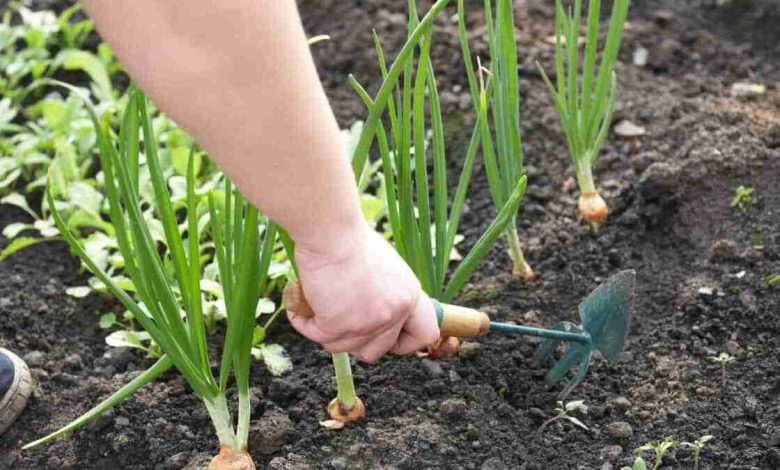
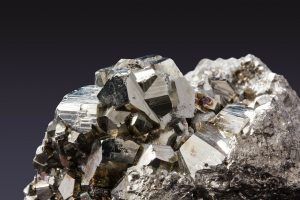 Iron is one of the micronutrients that plants need to develop and carry out their processes effectively.
Iron is one of the micronutrients that plants need to develop and carry out their processes effectively.
In fact , it is one of the micronutrients that plants need the most to be in optimal conditions, hence the importance of paying attention to its levels.
In general, common fertilizers contain the appropriate levels of iron to meet the needs of plants.
For this reason, a deficiency of this nutrient is not so common unless it occurs in species that need it in high amounts.
If you want to know more about the importance of iron for your crops, don’t stop reading the information that we bring you below.
What is iron?
Iron is a chemical element that is used as a nutrient of great importance in all types of crops.
It is one of those that appear with greater availability in the soil, although the access of plants to it is highly influenced by the pH level.
Of course, iron in its most basic version is not used by plants, but needs to be soluble to advance its absorption.
It is for this reason that some crops suffer from iron chlorosis, even when soil studies reveal high levels of iron.
The symbol Fe is used to represent iron chemically.
How do plants acquire iron (Fe)?
Plants acquire Fe mainly from the rhizosphere.
Although iron is one of the most abundant metals in the earth’s crust, its availability to plant roots is very low.
The availability of Fe is dictated by the redox potential of the soil and the pH. In aerobic or higher pH soils, Fe is readily oxidized and is predominantly in the form of insoluble iron oxides.
At a lower pH, the ferric Fe is released from the oxide, making it more available for root uptake.
Because 30% of the world’s farmland is too alkaline for optimal plant growth2, and some staple crops, such as rice, are especially susceptible to Fe3 deficiency, much research has focused on on how plants cope with Fe limitation.
Responses to Fe deficiency include changes in root morphology and regulation of genes involved in iron uptake. Indeed, in Arabidopsis thaliana, up to 85% of genes expressed in certain root regions are differentially regulated by iron.
What factors influence crop response to iron fertilization?
- As in almost all nutrients, the pH of the soil is one of the most important factors that influence the correct fertilization with iron. In this case, as the pH is lower, the chances of obtaining more iron by plants increases.
- Another important detail has to do with the risks and the periods in which it is applied.
- When a plant is subjected to excesses and waterlogging is generated, it is most likely that it will not be able to take in the nutrients it needs.
- And this applies both to iron and to the rest of the micronutrients and macronutrients.
- If the soil is subjected to very low temperatures, it is also likely that the available iron absorption capacity will be reduced.
- On the other hand, the presence of parasites such as nematodes, which directly affect the roots, prevent the correct uptake of iron.
- In the case of competing minerals , iron can be affected by high levels of phosphorous in the soil.
- And vice versa, high iron levels affect the availability of plants to take up iron.
What is the iron content in the soil?
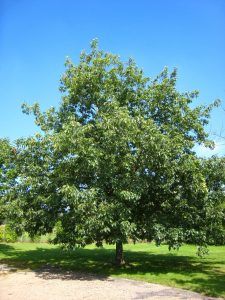 Iron is found in the soil in a variable range between 1 and 5% of the total available in the environment.
Iron is found in the soil in a variable range between 1 and 5% of the total available in the environment.
However, not all of this amount of iron is ready for plants to use for nutritional purposes.
For this to be the case, the iron must undergo a chemical process that makes it soluble in the soil so that the plants can consume it.
In any case, a soil study will indicate how much of this nutrient is present.
What to do if my plants lack iron?
To fix a possible iron deficiency in your plants, start by determining the cause of the problem.
You may have enough iron in your soil, but other factors can make iron unavailable to your plants.
The levels of carbon, salt, phosphorus, calcium, and other elements can affect the ability of plants to ingest iron. Soil moisture and low temperatures can also become factors of iron deficiency.
You may want to start by spraying your plants with iron (either chelated iron or a liquid iron sulfate spray) to give them a little of the boost they need. However, this is not a long-term solution, but rather a quick fix. The long-term solution is to treat the soil.
Next, test the pH of your soil. If it is above 7, correcting the pH can make it easier for plants to absorb the nutrients they need, including iron.
Treat the soil, monitor the pH
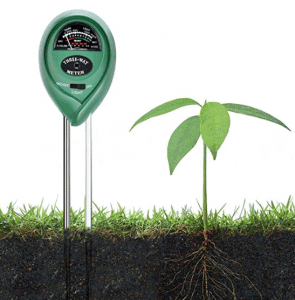
However, the mineral balance in the soil is most likely incorrect. Clay soils are particularly prone to this problem, and some plants are more susceptible to it than others. Keep an eye on iron levels, especially if you grow holly, azaleas, and rhododendrons, as well as blueberries and oaks of all kinds.
Treating the soil is the best solution when it comes to iron deficiency.
Chelated iron is by far the most useful remedy for this problem. If you’re using an iron-rich fertilizer, read the ingredients to make sure it doesn’t contain phosphorus, as too much phosphorus can contribute to chlorosis problems.
What benefits can a soil rich in iron have?
- A soil rich in iron will provide much more vitality to plants, as it is an important constituent for their energy level.
- It is also essential for the formation of chlorophyll , although it does not intervene in the process that it carries out.
- At the photosynthetic level, iron works in the exchange of electrons, which becomes an essential process in various zones of the plant.
- This is because it has the property of losing an electron at the same time it gains it, which is known as Redox. This Redox also acts on other issues such as enzymes or free radical control.
- On the other hand, iron is present in the constitution of some enzymes, as well as working in function of pigments .
- It is essential to control the levels of nitrates and sulfates that exist within the plant.
What are the disadvantages of an excess of iron?
- Excess iron is one of the less frequent conditions that can occur in crops.
- The only way for this to happen is that the fertilization processes have been wrongly administered, betting on an evident excess of iron.
- In any case, it is better to be aware of what could happen and the main symptom is that brown spots appear on the leaves.
- Furthermore, a phosphorus deficit could also warn about the presence of excessive iron in the plant structure. And this is because they are competitive with each other, preventing iron from being well absorbed phosphorus.
What crops benefit most from the presence of iron in the soil?
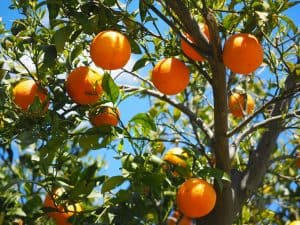 The crops that most need iron to thrive efficiently are petunias, diascias, snapdragons, among others.
The crops that most need iron to thrive efficiently are petunias, diascias, snapdragons, among others.
In citrus -type fruit trees (orange, lemon, etc.) there is also an urgent need for iron for proper development.
When you have crops of any of these types and there is evidence of an iron deficiency, it will be necessary to compensate it with iron chelates.
These will be included in the fertilization program.
How do we detect deficiency or lack of iron in our crops?
Iron deficiency in plants is one of the easiest to recognize because chlorosis is produced at the intravenous level.
It does not happen as in other deficits that the yellow color appears anywhere on the sheet and that makes it easier to define when it comes to this type.
Another important fact is that this chlorosis manifests itself mainly in new leaves, although as it progresses it will also touch the oldest ones.
When iron chlorosis is very advanced, what it will cause is that the yellow spots turn white.
When assessing whether it is this problem, it is best to carry out a soil study.
If it is necessary to work on the deficit, the levels of iron present in the fertilizations can be regulated to deal with it.


![Photo of Transplant Geraniums: [Conditions, Tools and Steps to follow]](https://www.complete-gardening.com/wp-content/uploads/2021/06/Trasplantar-geranios-350x220.jpg)
